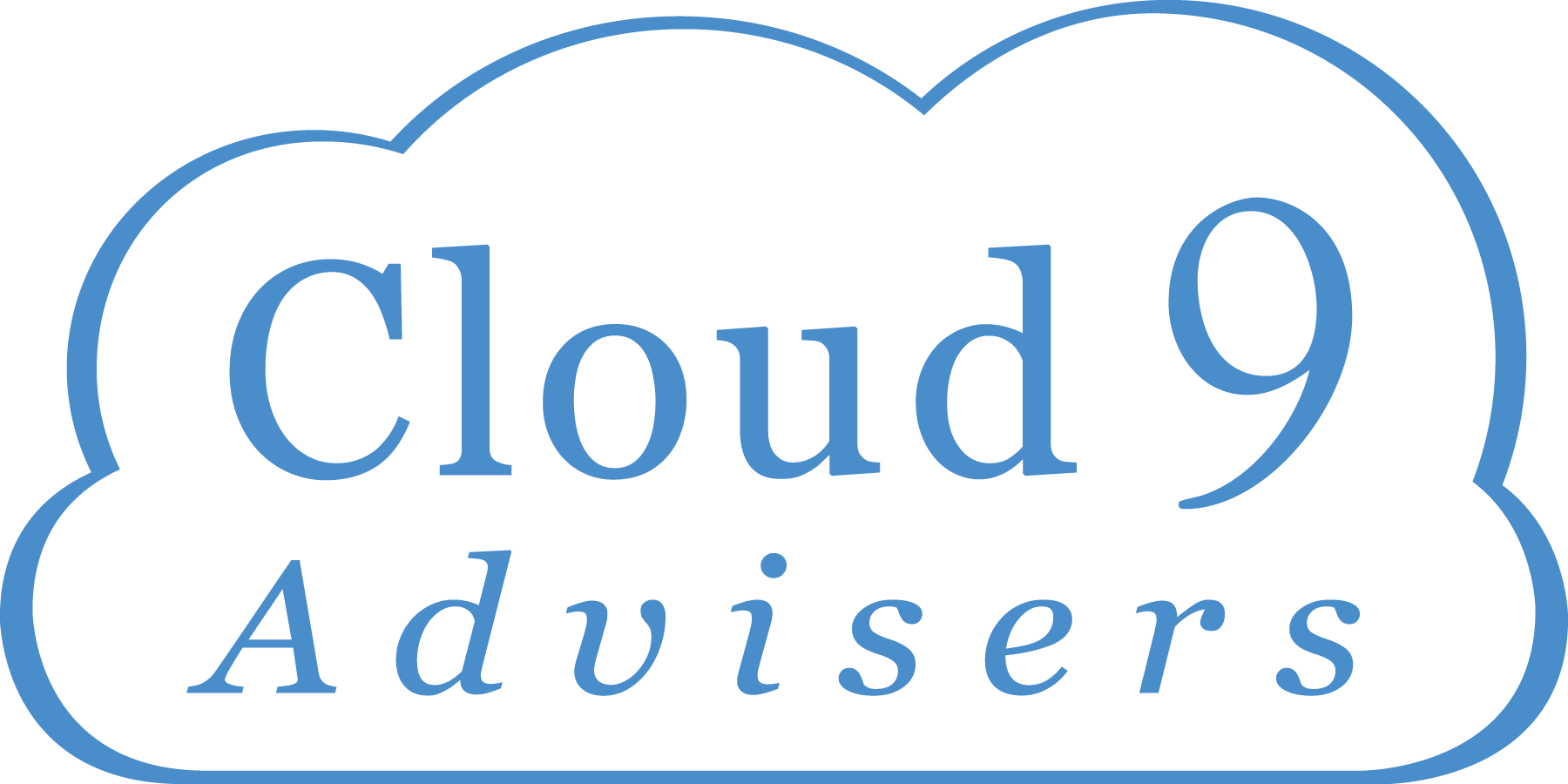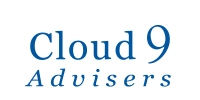Anytime, Anywhere, Any Device

Cloud 9 Supplier Spotlight: Rapidscale
Work Better Together, Even When You’re Apart.
How to Enable Remote Work for Your Company
Today, remote work is a necessity, but is there more to consider as a business?
Technology started allowing us to work remotely in the early 2000s. Laptops, VPN, and increased internet bandwidth set this trend in motion, originally allowing people to connect to corporate networks from home to access email, file servers or other corporate systems they depended on to perform their daily duties.
What it didn’t address at the time was the human element: people’s desire to work on their own terms, anytime, anywhere and on any device. In the early 2000’s technology didn’t readily support this paradigm of “remote work” and most workers didn’t even know what they were missing in terms of flexibility or convenience.
Top Technical Desires When Working Remotely
- Working Online/Offline – Back in the late 90’s, for those old enough to remember, Lotus Notes pioneered this concept with the ability to replicate databases locally between servers and users’ local desktops. Today many technologies do this seamlessly, whether it’s email, files or other systems.
- Instant Gratification – Today users want access to information immediately and from any device. A mere 15 years ago expectations were very different. Employees had to be logged into a PC at the office to gain access to data. Expectations have taken a monumental shift thanks to the available technology, and now smartphones, tablets, broadband, WiFi, and 4/5G all make information accessible at our fingertips.
- Advanced Communication – Recent advances in infrastructure and hardware have enabled new ways to communicate and collaborate. The use of these new platforms differs based on age, culture and social boundaries. One thing that is not contested is the choice that’s now available – employees can communicate via more mediums than ever before (document sharing, enterprise social media, gamification, instant messaging, phone, text, email, video, video or voice chat, screen sharing).
- Device Choice – There’s also more choice around which devices can be used. Greater standardization and enhanced security allow users to access data on more devices than ever before, thus providing greater freedom.
Security as a Barrier to Entry
Security is a minimal barrier to the remote work function itself, but it has been a greater barrier for people wanting to work remotely on their own terms. Fortunately, it’s now possible to meet the demands of your workforce to work anywhere (at home, on a plane, on a bus, etc.), from any device (PC, laptop, mobile phone, tablet, etc.), without sacrificing corporate security.
Stronger authentication technologies have dramatically improved security for cloud-based services over the years, making it much harder for bad actors to access and steal data.
| Top Causes of Data Breaches |
| Old, unpatched security vulnerabilities |
| Human error |
| Malware |
| Insider misuses |
| Physical theft of a data-carrying device |
*Source: https://resources.infosecinstitute.com/common-causes-of-large-breaches/#grefa
This list reinforces two things:
- First, that on-premises deployments may be more vulnerable than cloud deployments, may require more patching and are vulnerable to insider misuse. Data in the cloud, on the other hand, is generally more standardized, patched and protected.
- Secondly, that all these breaches expose the inherent vulnerability of imperfect humans interacting with technology. Data stored in the cloud with up-to-date security controls can help mitigate these vulnerabilities.
Technologies such as multi-factor authentication (MFA), single sign-on (SSO), fingerprint scanning, password rules, and device recognition ensure that the right people and devices are authenticated.
MFA in particular dramatically improves security, making for an extremely secure login in three key ways:
- Something you know – usernames, passwords, PINs
- Something you have – one-time password tokens (OTP tokens), key fobs, smartphones with OTP apps
- Something you are – retina scans, iris scans, fingerprint scans, finger vein scans, facial recognition, voice recognition
In addition, technologies that protect data directly, such as data leak prevention (DLP), information rights management (IRM), web security (web application firewall “WAF”), URL protection, email protection, AV and spam prevention, are just some of the ways to reinforce data from bad actors in a multi-connected world.
Best Practices Include:
- Avoid using public WiFi. Users should always use a mobile hotspot or some method to encrypt their web connection.
- Use VPN connections for accessing sensitive information whenever possible
- Keep information secure in the cloud whenever possible
- Limit storing data locally on a desktop
- Never store data on external drives or memory cards
- Be aware of lines of sight (people watching the user typing)
- Encrypt sensitive data (email or other)
How Technology Enables Remote Working
A number of these challenges are related to security and protecting people from themselves, but at its core it’s about protecting business data. The goal is to keep data secure and accessible – or in other words, having your cake and eating it too.
The good news is that today you can! It all comes down to the services you choose and where you choose to seat your data. Users spend 58% of their time working on laptops/PC’s and the other 42% working on mobile devices. (Source: Perficient 2020) It stands to reason that business data should live somewhere other than directly on these same devices.
Also, in our connected world, a business’s employees aren’t the only people working with their data. For this reason, the cloud is the ideal place to host it – it’s secure, encourages safe sharing more readily than on-premises servers can, and can include management of the data.
Desktop as a Service (DaaS) is a perfect example of an application that encourages remote working. It enables workers who want to access corporate data from anywhere while eliminating IT concerns around security, patching, updating, management or hardware purchasing.
Top Benefits of DaaS |
| Flexibility: All employees and contractors can access their applications, desktops, and data from anywhere, keeping them productive, no matter where they work. |
| : Rapidly scale up and down depending on your business needs, whether that’s M&A, staffing temporary workers during peak seasons, managing contractors (developers), or deploying branch offices.Scalability: Rapidly scale up and down depending on your business needs, whether that’s M&A, staffing temporary workers during peak seasons, managing contractors (developers), or deploying branch offices. |
| Business Continuity: Without dependence on hardware, you can stay up and running in the event of a natural disaster, or any other unforeseen event. |
| Cost Control: Pay for only what you use through monthly or yearly subscription models. Also, reduce CapEx and enjoy more predictable operational expenses (OpEx). |
| Security: DaaS provides a secure access point for users and simplifies desktop and application management processes and procedures. |
Finally, while having a secure PC experience is great, users naturally also want the ability to collaborate with the same rich video experience, screen or document sharing capabilities, instant messaging tools and other features they’re used to – without storing data locally, where it can be lost, corrupted or misused.
All of this is possible with Office 365. Office 365 was designed and built for the cloud, to be run on any device, whether online or offline, while providing a virtually seamless, integrated experience with Windows 10 environments.
Office 365 complements a DaaS solution by storing information in the cloud and encouraging stronger team collaboration.
| Top Benefits of Remote Working |
| Spin up hundreds or thousands of users quickly and cost-effectively, without bandwidth or security concerns |
| Minimize downtime concerns in the event of a disaster or other major event that prevents on-site working, particularly to ensure less impact to your end customers and your business profitability |
| Provision users with the same desktop experience and ancillary services as in the workplace |
Reduce on-premises infrastructure costs that impact CapEx, and shift to a more flexible and predictable OpEx model |
Gain maximum business agility to ensure workers can be at their ultimate effectiveness at all times, even while traveling or deployed in the field |
| Give staff the maximum amount of flexibility to promote the greater work-life balance and healthier living they seek |

Interested in learning more about how you can employ and optimize a remote work environment for your organization?
Let us show you who the industry leaders are in this arena and how Cloud 9 can help you find and evaluate the right solutions, the right providers, and figth to get you the best price. Work with us and we'll be your "800lb. gorilla".
Interested in learning more about how you can employ and optimize a remote work environment for your organization?
Let us show you who the industry leaders are in this arena and how Cloud 9 can help you find and evaluate the right solutions, the right providers, and figth to get you the best price. Work with us and we'll be your "800lb. gorilla".


